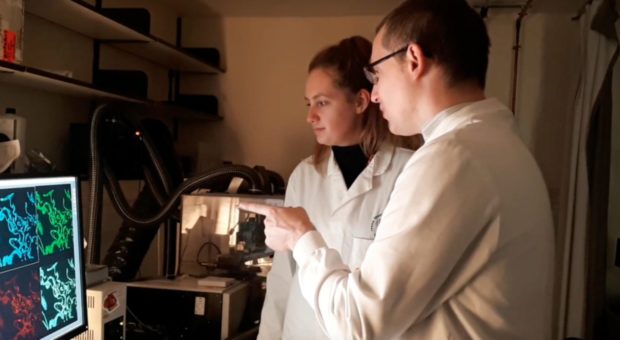A Dundee-led team of scientists have helped identify a combination of potentially life-saving drugs that reduce Covid-19 complications.
Dundee University’s Professor James Chalmers led a review of thousands of research studies into Covid-19 treatments used across the world.
He said: “In the initial scramble to find ways of treating this horrible new disease and, ultimately, save lives, doctors were forced to deploy drugs in the absence of formal guidelines or evidence.
“Because of the contribution of research participants across the world, we now have two drugs that can save lives in hospitals.
“Knowing what doesn’t work is also very important to avoid wasting time and also putting patients at risk of side effects.”
International guidelines
The international group produced a set of European Respiratory Society guidelines for doctors.
They recommend seriously ill patients receive the rheumatoid arthritis drug tocilizumab, along with the widely-used steroid dexamethasone.
Together they can reduce the complications of Covid-19 by up to 40%.
The guidelines rule out using hydroxychloroquine to treat the virus – the malarial drug previously recommended by former US President Donald Trump.
Despite the rush to source and manufacture ventilators in the early part of the crisis, Professor Chalmers’ guidelines urge doctors to use alternatives.
Leading voice
Professor Chalmers, British Lung Foundation chairman of respiratory research, has become one of the leading medical voices in Scotland in helping the public to understand more about the virus.
He said hydroxychloroquine is still given to 60 to 70% of hospitalised patients in some countries.
“It has become something of a celebrity of the drug world,” he said.
“Patients and relatives regularly ask us clinicians why we are not using it because they have read on the internet that it cures Covid-19.
“The answer is clear – Not only did a vast pool of scientific studies find that hydroxychloroquine does not help Covid-19 patients, it may even be harmful to them.”
Alternatives to ventilators
He said the new guidelines recommend caution when using ventilators with patients who need help to breathe.
He said doctors should use “non-invasive oxygen treatment” instead. For example, the use of tight-fitting face masks.
“Mechanical ventilation” is an option if a patient fails to respond, he added.
“ICU resources have been overwhelmed at different stages of this pandemic so we need to be sure that we are using them in the way that will benefit the greatest number of patients,” he added.
“The evidence now supports the strategy of providing patients with non-invasive breathing support to try and prevent the need to go on a ventilator.”











